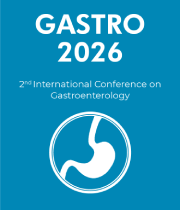Sigmoidectomy
A sigmoidectomy is a surgical procedure in which part or all of the sigmoid colon is removed. The sigmoid colon is the last section of the large intestine, which is located in the lower left side of the abdomen. The procedure is usually performed to treat conditions that affect the sigmoid colon, such as diverticulitis, inflammatory bowel disease, cancer, or severe constipation. The procedure can be performed in two ways. It can be done through open surgery, in which the surgeon will make a large incision in the abdomen and remove the affected section of the sigmoid colon. In laparoscopic sigmoidectomy, the surgeon will make several small incisions in the abdomen and use a special tool to remove the affected section. Prior to the procedure, the patient is typically placed under general anesthesia. Depending on the size of the affected area, the procedure can take anywhere from two to four hours. After the procedure, the patient will be monitored in the hospital for a few days. The recovery period for a sigmoidectomy is usually between four to six weeks. During this time, the patient will be placed on a special diet to ensure proper healing. Pain medications and antibiotics may also be prescribed to help with the healing process. In most cases, the effects of a sigmoidectomy are permanent. However, there is a risk of complications, such as infection, bleeding, and anastomotic leak. In rare cases, the patient may experience a recurrence of the original condition. For most people, a sigmoidectomy is a successful treatment option that can greatly improve the quality of life. However, it is important to speak with a doctor to make sure the procedure is right.



